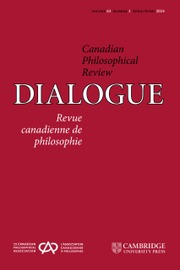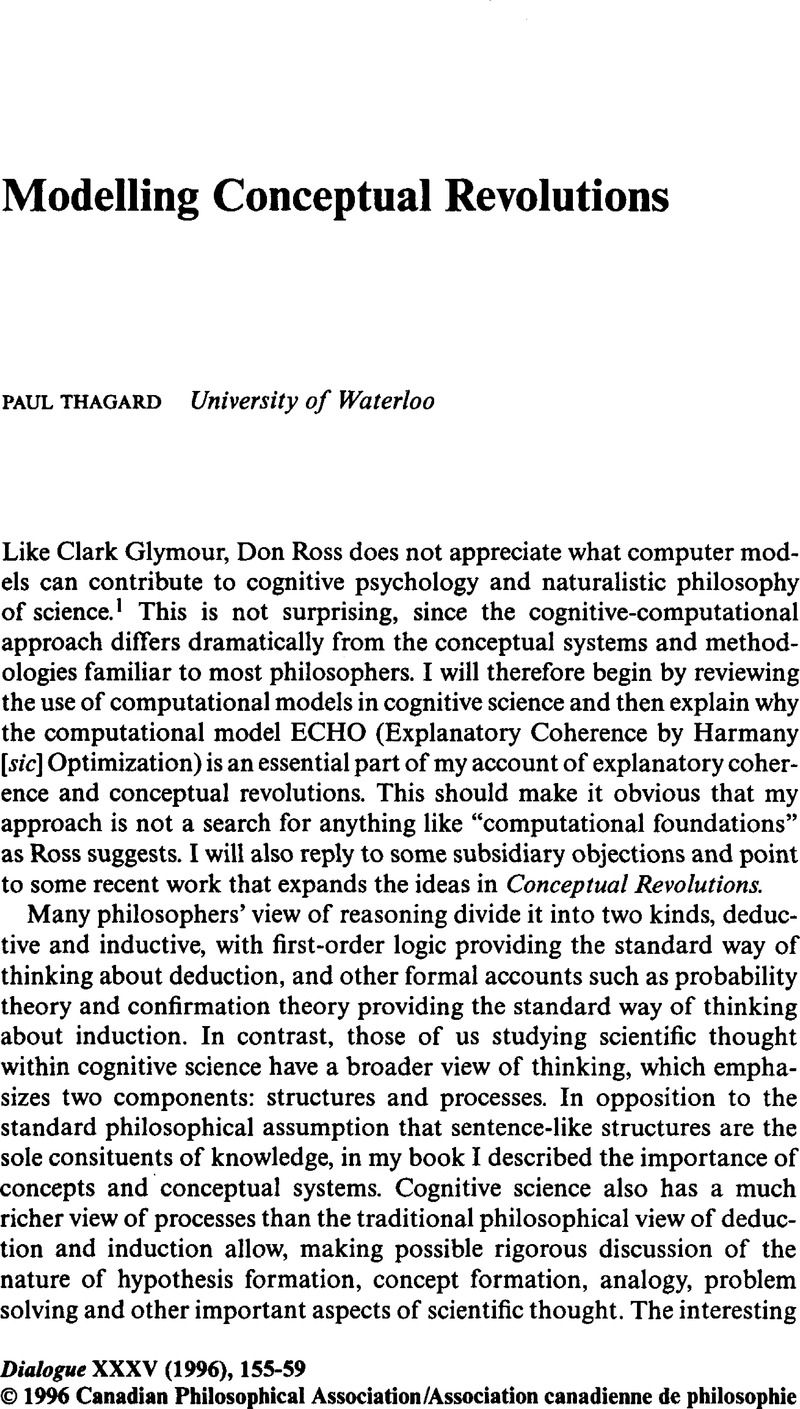Crossref Citations
This article has been cited by the following publications. This list is generated based on data provided by Crossref.
Pietarinen, Ahti-Veikko
and
Shumilina, Vera
2024.
Model-Based Reasoning, Abductive Cognition, Creativity.
Vol. 70,
Issue. ,
p.
179.



